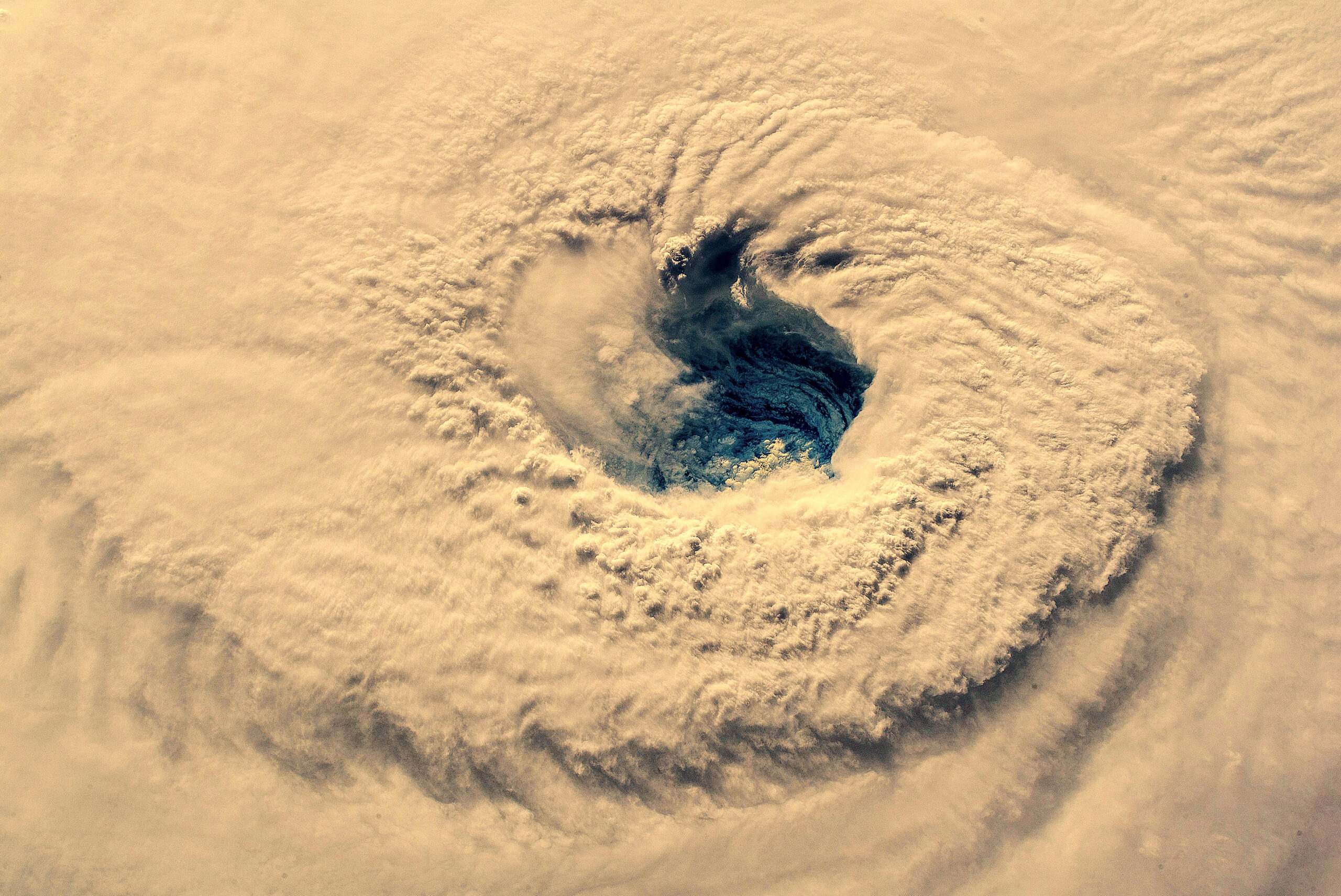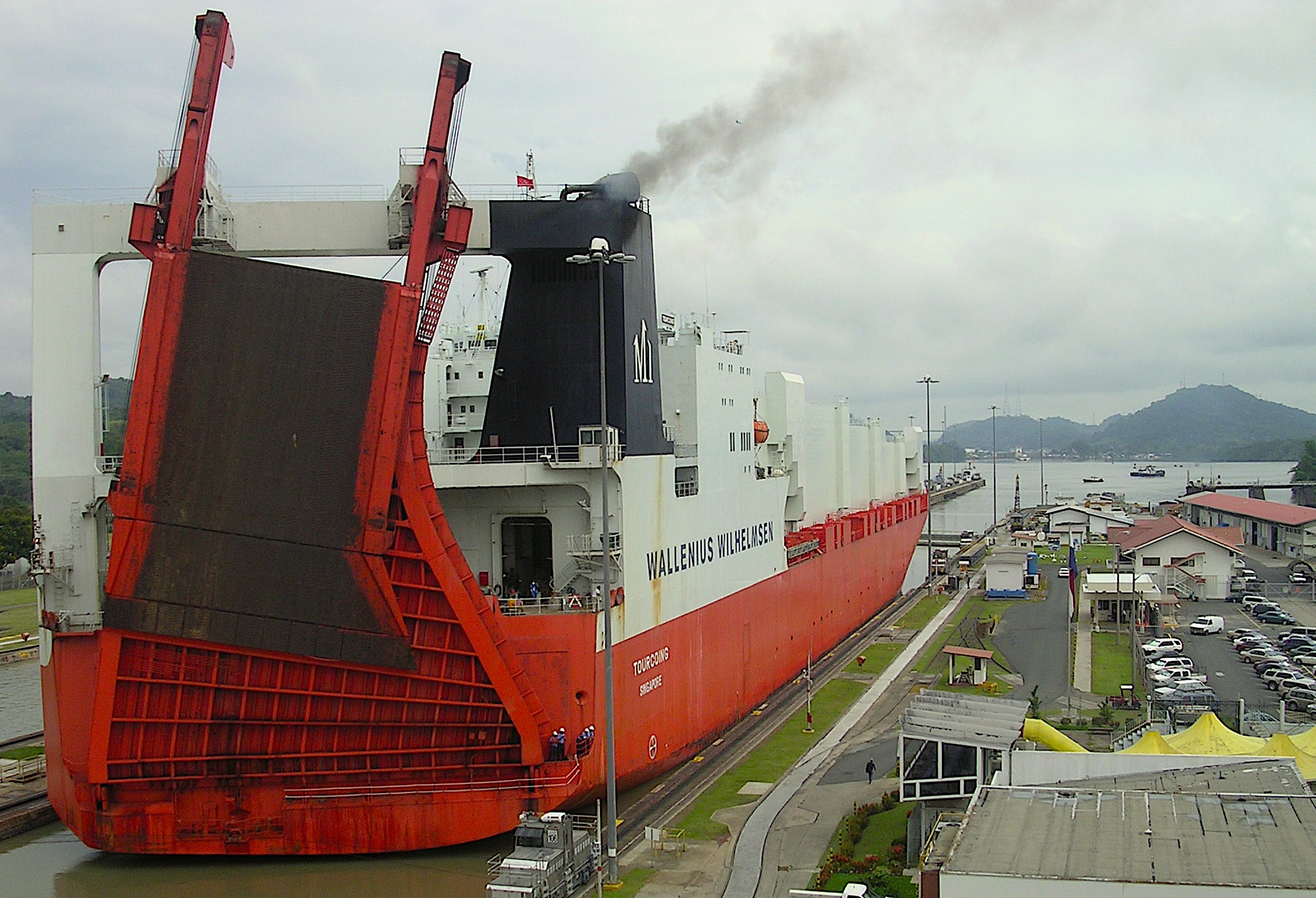Can Fish Communities in Seagrass Weather Hurricanes?

These shallow water habitats withstand storm impacts, providing protection for juvenile fish.
The official hurricane season for the Atlantic basin started June 1st. Tropical cyclones not only present problems for human life but also for fishes and their habitats. But to what extent?
Research Need
Hurricanes can wreak havoc on coastal marine ecosystems. They destroy coral reefs, mix up the water column, redistribute bottom sediments, and increase pollution via stormwater runoff.
From 2010 to 2020, 10 tropical cyclones impacted coastal North Carolina. Scientists wanted to explore ecosystem responses across multiple storms.
While some fishes can detect environmental cues associated with approaching storms and respond by temporarily seeking refuge, others, particularly juvenile fishes or smaller prey, might not.
What did they study?
A research team wanted to determine whether hurricanes affected seagrass and seagrass-associated fishes and whether changes were correlated with storm intensity. Their study focused on Back Sound, North Carolina, because 10 named storms have affected the study area since 2010 with tropical-storm-force winds or greater, with six of the storms making landfall.
As part of a larger ecological study, the team had a long-term dataset on fish community by month from April to November for each of those years, as well as some data on four sea grass meadows, which allowed them to examine both short-term and long-term impacts.
The scientists separated the data by changes seen within 23 days after a storm and then thereafter. They also considered the effects of an early (before August) and a late (after September) storm landing.
What did they find?
On average, hurricanes did not alter fish catches and the number of species within a seagrass meadow in the short term.
There were two notable exceptions when the team observed higher fish catches: 1) after Tropical Storm Beryl, the weakest cyclone, which occurred in late spring (and customarily when seasonal fish ingress into the estuary); and 2) after Tropical Storm Michael, which occurred less than one month after Hurricane Florence.
Florence was the strongest storm that impacted Back Sound during the study, and the scientists did see a short-term decline in fish catches and number of species. Statistically, however, Florence was comparable in effect to the other storms that hit during the same seasonal timeframe.
Anything else?
Overall, the density and spread of seagrass meadows appeared to be stable from 2014 to 2019. The team observed expected seasonal changes in grass growth and type.
So what?
Hurricanes did not dramatically affect the ability of these shallow-water habitats to support juvenile fishes. The seagrass habitat appeared largely undamaged by storms, and there was little impact to fishes living within it.
These findings support the belief that coastal ecosystems have evolved and adapted to withstand a wide array of environmental conditions and periodic disturbances due to natural climate variability.
Reading
Zhang Y.S., Swinea S.H., Roskar G., Trackenberg S.N., Gittman R.K., Jarvis J.C., Kenworthy, W.J., Yeager, L.A., and Fodrie, F.J. (2022) Tropical cyclone impacts on seagrass-associated fishes in a temperate-subtropical estuary. PLoS ONE 17(10): e0273556. https://doi.org/10.1371/journal.pone.0273556
This research was supported by National Science Foundation (NSF) Awards 1926395 and 1906651 to J. Fodrie, NSF Award 1906635 to J. Jarvis and J. Kenworthy, NSF Award 1901746 to R. Gittman, and the N.C. Division of Marine Fisheries Marine Resources Fund to J. Fodrie.
By Sara Mirabilio
Lead photo: Hurricane Florence; credit NASA/ISS.
The text from Hook, Line & Science is available to reprint and republish at no cost, but only in its entirety and with this attribution: Hook, Line & Science, courtesy of Scott Baker and Sara Mirabilio, North Carolina Sea Grant.
- Categories:



